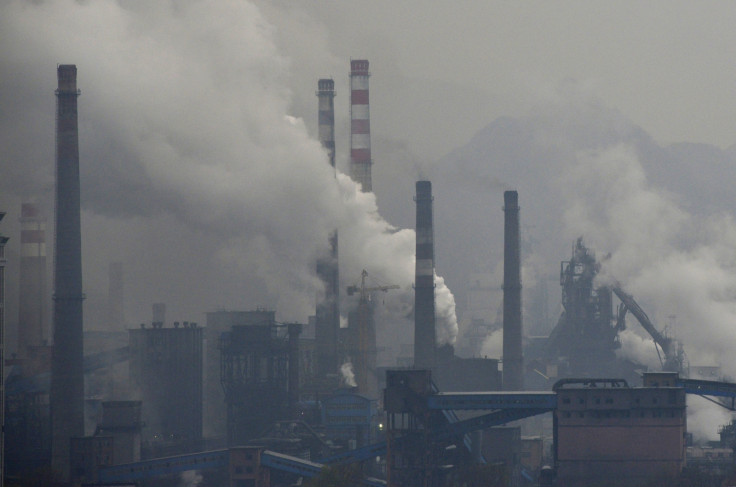CO2 levels in the Earth's atmosphere surged to highest levels in 800,000 years
Concentrations are now at their highest for 800,000 years.

Concentrations of carbon dioxide in the atmosphere accelerated at record-breaking speeds in 2016 to their highest concentrations in 800,000 years, according to the World Meteorological Organization (WMO).
The rate of increase of atmospheric carbon dioxide in the Earth's atmosphere over the past 70 years is without precedent, the WMO's annual Greenhouse Gas Bulletin says. This could lead to "severe ecological and economic disruptions".
"Without rapid cuts in CO<sub>2 and other greenhouse gas emissions, we will be heading for dangerous temperature increases by the end of this century, well above the target set by the Paris climate change agreement," said WMO Secretary-General Petteri Taalas. "Future generations will inherit a much more inhospitable planet."
"CO<sub>2 remains in the atmosphere for hundreds of years and in the oceans for even longer. The laws of physics mean that we face a much hotter, more extreme climate in the future. There is currently no magic wand to remove this CO<sub>2 from the atmosphere," said Taalas.
Since 1990, there has been a 40% increase in the warming effect on our climate – known as radiative forcing – and a 2.5% increase between 2015 and 2016 alone, according to data from the US National Oceanic and Atmospheric Administration.
The bulletin describes how a combination of human activity and a strong El Niño event pushed global concentrations of CO<sub>2 up from 400 parts per million in 2015 to 403.3 parts per million in 2016 – 145% above pre-industrial (before 1750) levels.
The last time concentrations of carbon dioxide were so high was 3-5 million years ago when temperatures were 2-3°C warmer than they are now and sea levels were 10-20 metres higher.
Some of the major contributing factors to greenhouse gas emissions have been population growth, intensified agricultural practices, deforestation, increased land use, industrialisation and the associated burning of fossil fuels.
The Greenhouse Gas Bulletin examines emissions of greenhouse gases and the concentrations that remain after the complex process of interactions between the biosphere (the sum of all ecosystems on Earth), the oceans, the cryosphere (the portions of the Earth where water is in solid form) and the atmosphere. The oceans absorb around a quarter of total emissions, while the biosphere absorbs another quarter.
"The numbers don't lie. We are still emitting far too much and this needs to be reversed," said Erik Solheim, head of UN Environment.
"The last few years have seen enormous uptake of renewable energy, but we must now redouble our efforts to ensure these new low-carbon technologies are able to thrive. We have many of the solutions already to address this challenge. What we need now is global political will and a new sense of urgency."
The WMO's greenhouse gas report comes one week ahead of the next round of UN climate negotiations in Bonn, Germany.





















